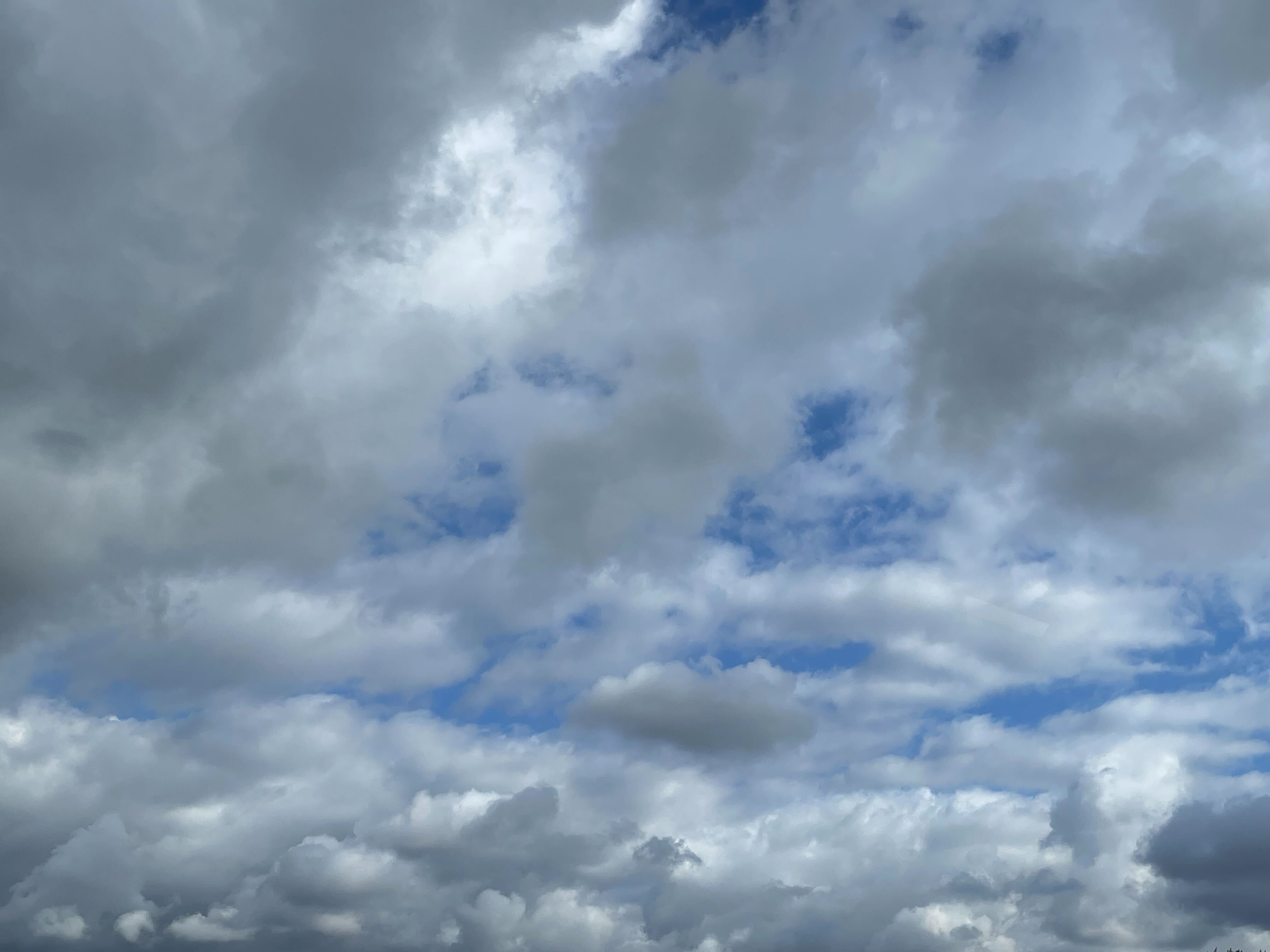You may have seen them around the City of San Diego - small areas right off the sidewalk with benches, trees or artwork.
They're called "placemakers," and you may soon see more of the distinctive spots appearing in a local neighborhoods.
The city recently updated its placemaking regulations, simplifying the process for communities to reinvent unused spaces or create new ones.
"You're going to see more business groups, like neighborhood business groups, business improvement districts, seeing this as a great way to brand their business district in a certain way," said Colin Parent, Executive Director for Circulate San Diego. "That helps attract customers, that helps showcase their neighborhood as an attractive place to be."
The grassroots organization published a report on placemaking a few years ago, which helped to push the city's effort to simplify its policy.
"We interact with all sorts of public infrastructure. We interact with streets. We cross sidewalks, those sorts of things," Parent said. "But when you do something special around it, you put some color on it, you have some ownership over it."
An intersection mural at Haines Street and Diamond Street in Pacific Beach is one example.
Local
It was coordinated and sponsored by the community group "beautifulPB."
The colorful painting highlights an area where school children walk every day. Its vibrant design also improves the community's identity.
In North Park, Caffe Calabria built and maintains what's called a parklet - a few parking spaces converted into an outdoor deck with chairs, tables and greenery.
The Downtown San Diego Partnership said it's currently involved with various beautification projects, such as putting up banners in specific neighborhoods and working with local artists to paint utility boxes.
Some endeavors are created on a larger scale.
The downtown architecture firm RAD LAB worked with the city to transform an unused lot on Market Street into a multi-use gathering spot called Quartyard.
"The concept is you can come grab a coffee in the morning, take your dog out, we've got a dog park there," said RAD LAB Chief Executive Officer and Co-Founder Philip Auchettl. "During the day people come hang out, use it as their own space, bring their lunch. We've got free Wi-Fi. We've got food. After work, people can walk their dog, have a beer. Not too many places where you can do that."
Quartyard, which also hosts concerts and art events, opened in March 2015, after a fundraising effort and significant input from the community.
"It really just sort of showed us that people wanted something there, people wanted a little space to gather and socialize," Auchettl told NBC 7.
Once the city sold that unused lot to UC San Diego, Quartyard moved a few blocks down the street to another vacant lot in 2018.
"The city had no plans for this property. They are planning on selling it but not for anywhere from 3 to 10 years," explained Auchettl. "So that's where the question comes in, 'What can we do with it now, and how can we activate it and create a placeholder for future development?"
Placemaking participants said whether the improvements are small or large, it's the community's passion that brings the project to life.
"The essence of placemaking is really the community getting involved and creating space," said Auchettl. "Creating space for people to interact."



